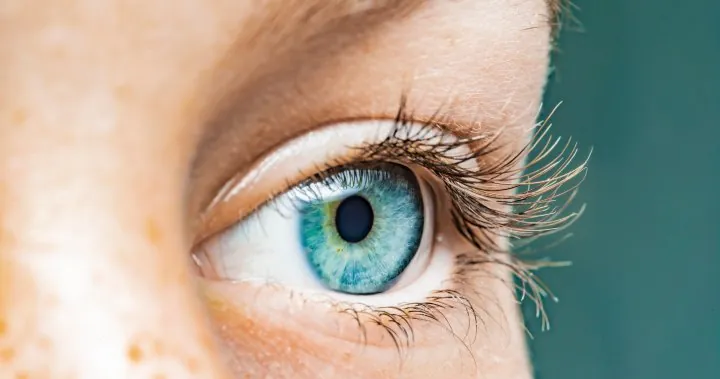
Scientists Claim to Have Created a Color Never Seen Before by Human Eyes!
2025-04-22
Author: Emily
A Revolutionary Discovery in Color Perception
Think you’ve experienced every color imaginable? Not so fast! A pioneering team of researchers from the University of California has announced a groundbreaking discovery: a brand-new color called "olo" that has never been seen by the human eye.
While the human eye typically distinguishes around 10 million hues, this bold claim challenges everything we know about color perception. Olo is described as a vibrant blue-green with extraordinary saturation, so unique that it exists outside the normal visual spectrum—stimulated only by precise laser pulses.
How They Did It: The Oz Technique
Austin Roorda, a vision scientist in the study, explained, "There’s no way to truly convey this color in an article or on a screen, as it is unlike anything we’ve ever experienced. What we see is a diluted version compared to the vividness of olo."
Published in the journal *Science Advances*, the research demonstrates an experimental technique named "Oz." By targeting only the M cones in the participants' retinas with laser beams, scientists successfully evoked a color that doesn't exist in our natural surroundings. Five participants with normal color vision—three of whom were co-authors—reported seeing this phenomenon.
The Science Behind Color Vision
Normally, our eyes perceive color through signals activated by three types of cone cells—S, M, and L cones—sensitive to different light wavelengths (blue, green, and red). This study focused on isolating the M cones to create a perception of color far outside the typical human experience.
Reactions and Expert Opinions
Co-author Professor Ren Ng described the findings as "remarkable," but not everyone is convinced. Outside experts have labeled the results as "open to interpretation" and suggested that olo may simply be a more intense version of green rather than a wholly new color. Professor John Barbur from London’s City University argued that the findings hold "limited value" and may not constitute a genuine new color.
Potential Applications and Future Prospects
Despite the debate, Ng believes the research could pave the way for advancements in understanding and treating color blindness and other visual disorders. However, don’t rush to expect olo on your smartphone or TV anytime soon—this exciting breakthrough is still rooted in basic science. As Ng put it, "We’re very far from seeing olo in any consumer technology, let alone mainstream use."
This latest development challenges our understanding of perception and offers a tantalizing glimpse into the complexities of human vision—who knows what other colors are yet to be discovered?









 Brasil (PT)
Brasil (PT)
 Canada (EN)
Canada (EN)
 Chile (ES)
Chile (ES)
 Česko (CS)
Česko (CS)
 대한민국 (KO)
대한민국 (KO)
 España (ES)
España (ES)
 France (FR)
France (FR)
 Hong Kong (EN)
Hong Kong (EN)
 Italia (IT)
Italia (IT)
 日本 (JA)
日本 (JA)
 Magyarország (HU)
Magyarország (HU)
 Norge (NO)
Norge (NO)
 Polska (PL)
Polska (PL)
 Schweiz (DE)
Schweiz (DE)
 Singapore (EN)
Singapore (EN)
 Sverige (SV)
Sverige (SV)
 Suomi (FI)
Suomi (FI)
 Türkiye (TR)
Türkiye (TR)
 الإمارات العربية المتحدة (AR)
الإمارات العربية المتحدة (AR)